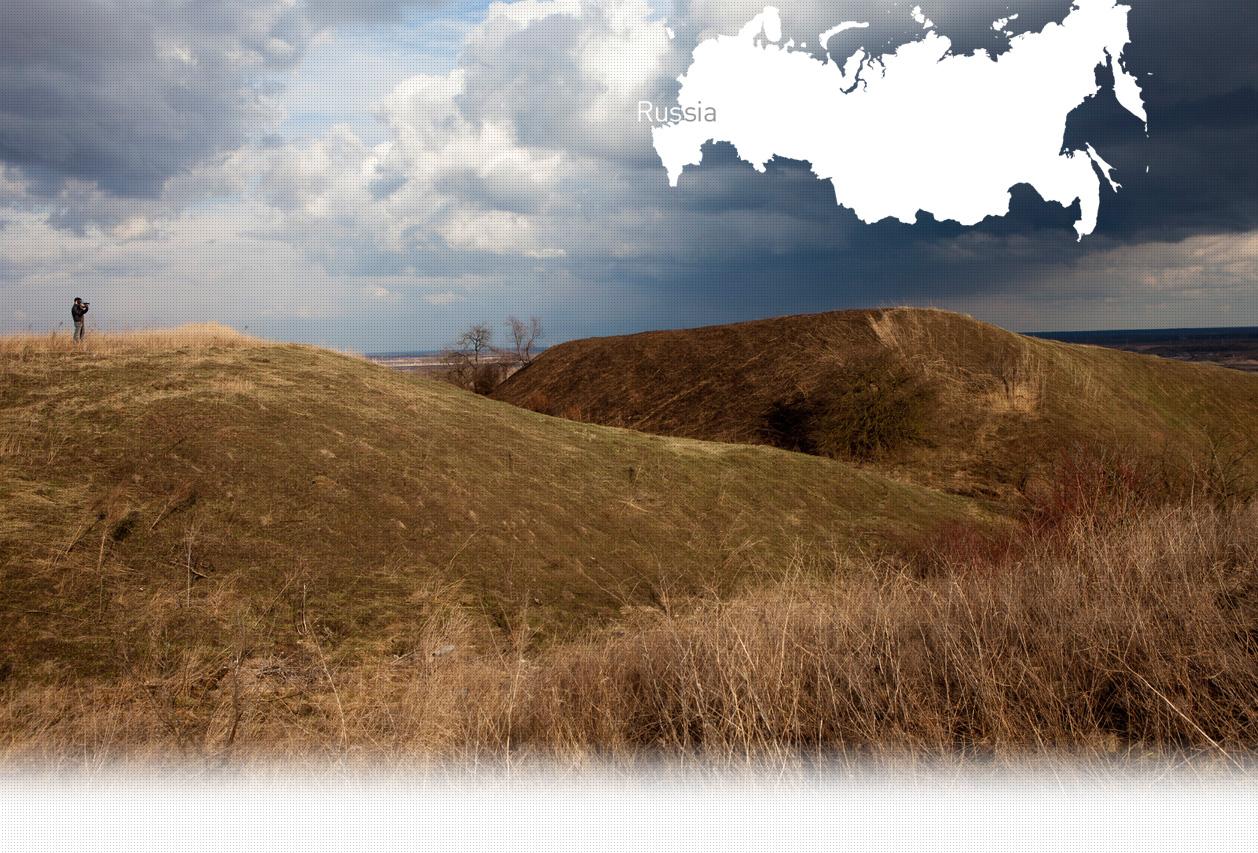

1 Killing site(s)
Vasiliy K., born in 1924 : « Once the Soviet Union was attacked by Germany, the evacuation was organized. First, they evacuated the cattle. The young boys born in 1925, 1926 and 1927 were asked to evacuate the cattle further to the East, but they were stopped by the partisans on their way and had to come back. In the middle of July [1941] a train with Jewish refugees arrived. About twenty of them, mainly elderly people and teenagers, stayed in Novominskaya. The younger ones after staying for about ten days, continued their way. They knew that the Germans were advancing and coming close, that is why they left. Those who stayed worked in the kolkhoz. They had to learn how to work in the kolkhoz because the majority of them didn’t know anything about farming.” (Witness n°874R, interviewed in Novominskaya, on November 21, 2018)
« After having examined the statements of the kolkhoz ‘Dimitrov’ chief and the following witness Yefim Sazonov and Semion Vasechko, the commission established that on October 26, 1942, the police and the German Gestapo men arrested the following kolkhoz workers: Yakov Kholodenko, Anna Vaisnberg, Abram Krakhman, Ida Venrik with her three children, Elikh Shreibman, and all other Jewish refugees. They were taken to the police office of Novominskaya along with their belongings.
On November 15, 1943 [Note: most probably there is a mistake, it should be 1942], 13 Gestapo men arrived from the Leningradskaya railway station to conduct the shooting of the mentioned above people in a pit, dug in the western part of the cemetery, south of the Novominskaya station. The responsible for the crimes committed against these Jewish families were the Kommandant Capitan Kremmer who conducted the arrest and the shooting of the Soviet citizens.” [Act drawn up by Soviet State Extraordinary Commission (ChGK) in 1943; Fond 7021, opis 16, delo 466]
Novominskaya is located 160 km (94mi) north of Krasnodar. It was founded by the Cossacks who arrived from Poltava and Chernihiv regions, Ukraine, in 1821. It was one of the settlements founded by the Black Sea Cossacks in the Kuban region. In 1842 the settlement was transformed into a stanitsa. In the early 20th century 6,580 people lived in Novominskaya, the majority of whom were Ukrainians and Russians. As a result of the Great Famine in 1932-1933, many residents died. No Jews lived in the stanitsa before the war. In July 1941 many Jewish refugees arrived here, but only about twenty of them settled down. They worked in the kolkhoz along with the locals.
Novominskaya was occupied by the German troops in August 1942 and remained occupied until February 1943. The remaining Jewish refugees were arrested by the Gestapo soldiers and local police on October 26, 1942. For two weeks they remained locked up in the police building. Later, on November 15, 1942, they were escorted by Gestapo and police outside the stanitsa and shot in the pit.
Do you have additional information regarding a village that you would like to share with Yahad ?
Please contact us at contact@yahadinunum.org
or by calling Yahad – In Unum at +33 (0) 1 53 20 13 17